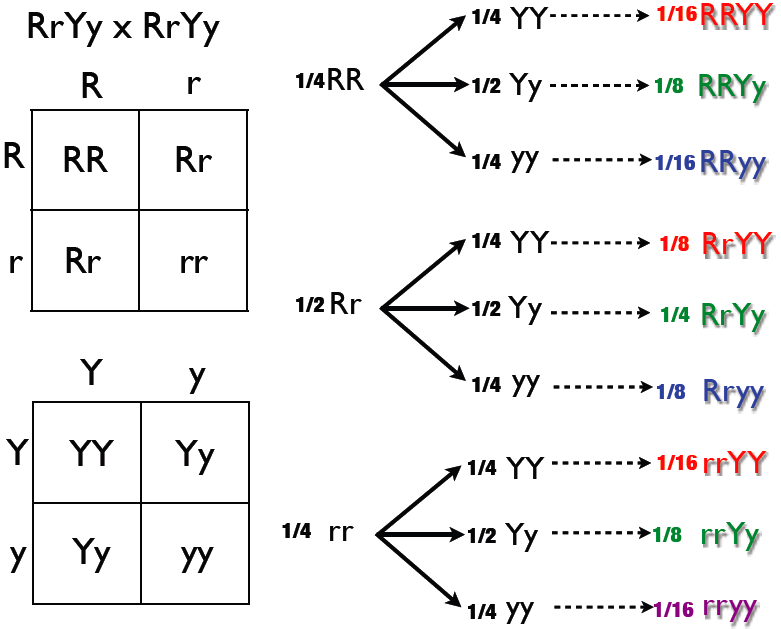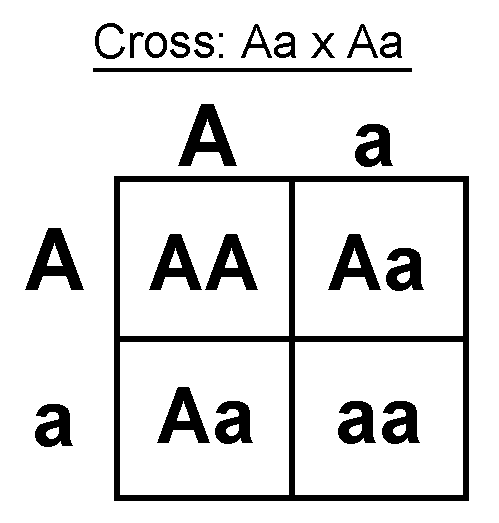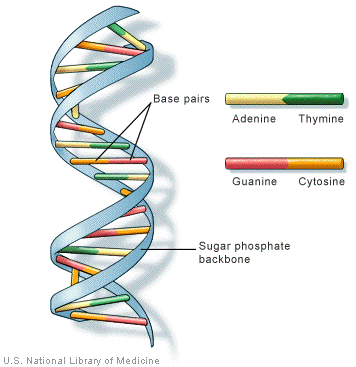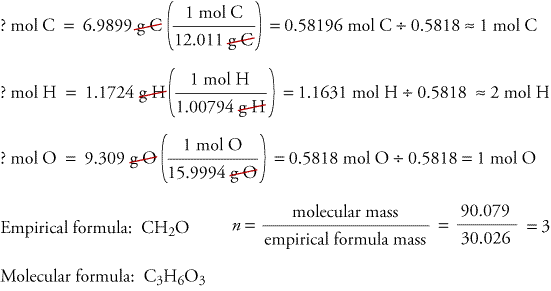With a drop of your magic potion, aka dish soap, you can create a spectacular performance with food coloring and your daily drink, milk. The secret lies behind the chemicals in dish soap mixing with the fat and protein in the milk. Let's take a look at how that "magic" works.
Hypothesis: Since dish soap contains water (polar) and other chemicals (non-polar), when added to milk with food coloring, which also contains water (polar) and other vitamins/ chemicals (non-polar), the water that are polar bonds together and other chemicals of the dish soap bonds with non-polar chemicals such as fat and protein, then creating the swirling reaction that we see.
Materials:
-Whole milk,2% milk orange juicr, Palmolive dish soap, phone (stopwatch), pan, toothpicks, graduated cylinder, water, and food coloring (blue and red)
Procedure: 1) Measure 10 mL of the liquid with graduated cylinder
2) Pour the liquid in the graduated cylinder into the pan
3) Add a few drops of red/ blue food coloring in the liquid
4) Add a drop of dish soap into the pan with a toothpick
5) Record the time needed for the full reaction
6) Repeat steps 1-5 with different liquids
7) Repeat the experiment with all the liquids at least 3 times
Results of Experiment:
Whole Milk: Time: 37 seconds
2% milk: Time: 1:20
Orange Juice: Time: N/A
Water: Time:N/A

After adding the dish soap to the relative liquids, some of the food coloring started to swirl around, indicating there is a reaction going on. Liquids like water and milk have a characteristic called surface tension, the cohesive force of the liquid's molecules. We assume that the dish soap as a surfactant reduced the surface tension of the milk, thus creating free flow on the surface of the milk, allowing the reaction to take place. The dish soap reacted vigorously with both of the milks, and barely reacted with the orange juice, also having no reaction with water.The experiment clearly showed that liquids with more fat and protein in it reacted more with the dish soap, and didn't react when there's no fat or protein in the liquid (water). Also, we know that there are more fat in whole milk than 2% milk, and also the fact that it took whole milk to complete the reaction quicker than 2% milk. Since we got the identical results all three times we repeated the reactions, therefore we can conclude that the more fat in the liquid, the faster the reaction will take place.


























